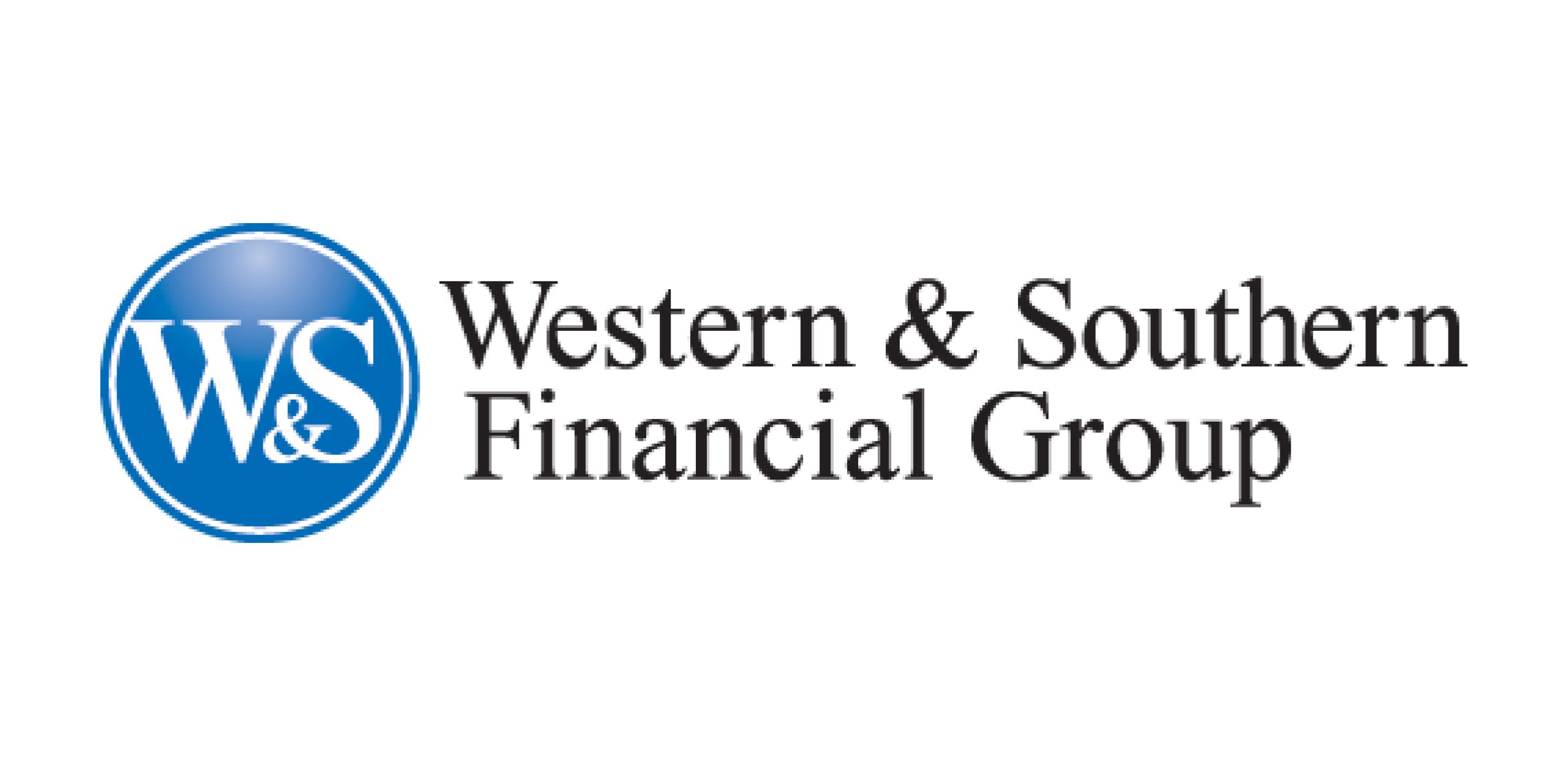How A $65 Billion Financial Group Implemented Risk Management Best Practices with Trintech
Blog post
Share
Every organization’s Office of Finance is well-acquainted with the concept of risk. Every day, accountants work to minimize risk and instill financial confidence in their organizations with regulatory bodies, the internal C-Suite, investors, and all the other stakeholders the organization has.
But how many organizations are completely confident that their control and compliance framework is fully effective? Are any and all errors that might cause the organization to have to restate later being detected?
A Forrester study found that 53% of organizations that used spreadsheets in their financial processes were deeply concerned about the financial risk that the tool presented. Yet only 19% were actively working to address this risk.
Why? Because understandably, many finance leaders are not sure where to start.
Many organizations struggle with this problem. In fact, Western & Southern Financial Group decided to partner with Trintech in order to create a fully effective control framework and implement best practices into their risk management strategy.
Best Practices for Risk Management
When the Office of Finance uses spreadsheets, point solutions, and manual processes for the financial close, essential items will inevitably fall through the gaps, and achieving a comprehensive control framework is nearly impossible.
Best Practice #1: Standardize Processes with a Risk-Based Approach
One of the biggest downfalls of executing the financial close with tools like spreadsheets is that every entity in the organization tends to perform the processes according to their own layouts and regulations, complicating the reporting and reviews. Standardizing all financial processes — reconciliations (including intercompany), journal entries and the overall close — within a System of Controls is key to creating an effective compliance framework.

Setting Up A System of Controls
A System of Controls streamlines all activities within the financial close process and contains an organization’s compliance framework. The System of Controls must take into consideration all regulatory bodies (whether public, like the SEC, or private, like capital providers) and standards (such as HIPAA, SOX, etc.). Standardizing your processes within a System of Controls is essential to pave the way to expanded automation within your financial close to enable the most efficient and effective processes.
The first step in establishing a System of Controls is to evaluate and standardize the organization’s current financial processes, which includes tasks such as:
- Identifying the key activities that take place both in the overall financial close and inside each individual process
- Determining how each process should be functioning, so that it is performed uniformly across the organization (i.e.: reconciliations, including review and approvals, will be executed the same way in every entity)
- Ensuring that every process adheres to the organization’s compliance policies and minimizes risk where possible
- Enacting proper controls and enforcing the timely testing of these controls
Standardization driven by risk across the organization is critical, especially when it comes to a compliance framework, to ensure that high-risk items are caught, addressed, and resolved.
Best Practice #2: Modernize the Risk Assessment Process
Once the organization has standardized its processes, the Office of Finance can fully implement a System of Controls to proactively mitigate risk. An important close task is assigning a risk rating to every activity in the close. This can be time-consuming and complicated when working with spreadsheets and can be an overlooked necessity. And even if finance teams do set aside the time to assign a risk rating to each item, performing processes within spreadsheets is an entirely separate, high-risk situation.

But with a world-class automated compliance solution, the platform can determine whether a task is routine and low-judgment (and therefore can be matched or reconciled automatically), or if it is high-judgment and should be given to an accountant to further address. Some solutions also have the capability to rate a journal entry based on the level of risk it presents so the preparers and reviewers can keep a close eye on certain entries. Automation in the System of Controls, coupled with standardization, elevates the way an organization’s Office of Finance functions to a different level than organizations working with spreadsheets.
Best Practice #3: Invest in Visibility
One of the most valuable resources that many organizations desperately need, yet also tend to lack, is visibility. Visibility is extremely important when devising a risk management strategy; access to a data analytics tool and a control dashboard are both necessary investments when it comes to enhancing visibility. These tools can help catch bottlenecks and provide a snapshot of risk exposure, which an audit committee and finance management can work together to alleviate across the organization. Real-time analytics and a control dashboard align the “people” element of accounting to the “process” element. If the people performing the processes are struggling, the data will reflect that, and management can work to determine and resolve the issues for optimal efficiency, risk management and employee morale.
Automated Compliance in Action: Western & Southern Financial Group
Let’s explore a real-life example of how these risk management best practices can be applied to the financial close process with Trintech’s solutions.
Western & Southern Financial Group manages assets totaling $65 billion, including six life insurance companies — each with their own separate chart of accounts as well as their own reconciliation and compliance processes. In order to address their financial close process challenges, the organization consolidated its life insurance companies into a standard chart of accounts. However, each business function still maintained its own manual method of documenting, reconciling, and tracking reconciliations.
With 7,000 general ledger accounts to reconcile monthly, it became clear that Western & Southern required an automated solution to not only reconcile consistently but create an effective control framework to keep their organization compliant.
Why Western & Southern Chose Trintech
Western & Southern needed a solution that would not only standardize the way they performed their reconciliation, certification, close and reporting processes but also offered:
- A configurable workflow engine that would allow them to evolve their processes in the future
- Drill-down analysis of individual processes, controls, and risk attributes
- Ability to integrate with multiple internal systems
- Eliminate routine, repetitive tasks to create more time for higher-value activities
Having these capabilities would provide an effective System of Controls that was customizable to Western & Southern’s compliance requirements. Trintech was the only provider whose solutions could offer these required features.
An Effective Compliance Framework Made Possible with Trintech
Trintech’s solutions provide a uniform workflow that enforce Western & Southern’s standards around the review, certification, and approval of their reconciliations. 70% of high-volume transactions are now matched automatically, freeing up time for the research and resolution of exceptions. With Trintech’s solutions, 80% of general ledger reconciliations are automatically reconciled while real-time reporting highlights potential bottlenecks, offering a view of the company’s exposure to risk.
The solution provides an automated “reconciliation by exception” workflow that has decreased the escalation process to financial reporting by nearly one month. Western & Southern also now has the ability to provide more timely, summarized reconciliation reporting for each of the organization’s six insurance entities and more educated, productive and motivated team members.
“The relationship between accounting and operational activities has historically been a “pitch-this-over-the-wall” exercise. There’s never enough transparency. But we’re changing that with Trintech’s solutions. They offer us real-time visibility into these activities that we just didn’t have before.” – Jason Nickles, Director of Corporate Accounting, Western & Southern Financial
Establishing an effective compliance framework for your organization is not an easy task. Organizations must consider many requirements to achieve a world-class financial close process. But a team of financial and technology experts who deliver unmatched financial close solutions like Trintech is there to assist every organization on its financial transformation journey and help them see real ROI at every step.
[cta-content-placement]


